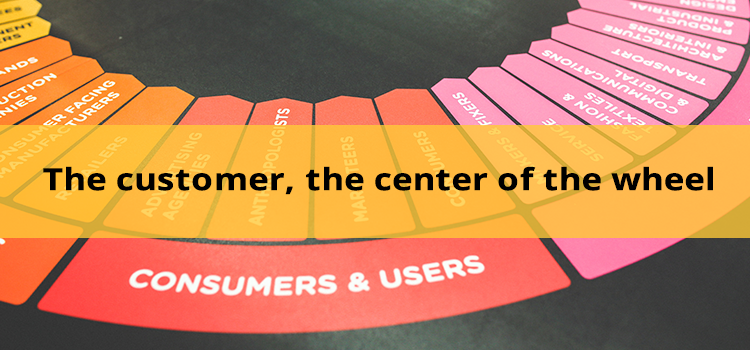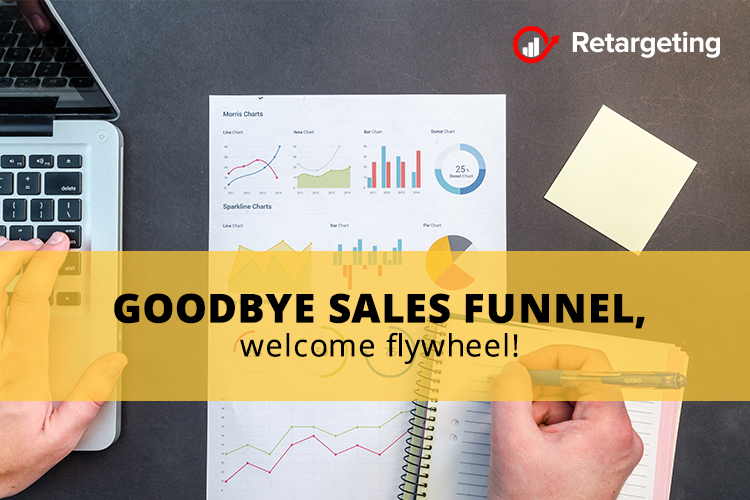Most marketers define the sales funnel to be Awareness, Interest, Evaluation, Decision, and Purchase. The problem with this model is that it is the opposite of customer-centric. In fact, in the traditional sales funnel, leads are treated a bit like pieces moving along a conveyor belt, with various things happening to them along the way. Unfortunately, a marketing strategy not centered on the customer might be going to waste. The customer now drives all content and all marketing efforts, instead of the other way around. In comes the flywheel!
What is a flywheel?
A flywheel is a machine that stores rotational energy. When you add energy to a flywheel, it starts to spin. If you add more energy to it, it spins faster. And unlike a funnel, where the only way to maintain a constant speed is to keep adding stuff to it, the flywheel will keep spinning.
It’s a great metaphor for marketing. Because that momentum isn’t the product of any single push. Instead, the energy is cumulative, generated by a lot of little pushes, with the whole greater than the sum of its parts.
Ideally, marketing and sales should work the same way. The energy, leads, and revenue created by marketing efforts is not due to any single channel, a piece of content, or campaign; it’s a cumulative effect. And once it really gets going, a good marketing campaign keeps spinning. It generates energy.

The customer, the center of the wheel
Instead of a funnel into which prospective customers are unceremoniously dumped, the flywheel puts the customer at the center of the wheel: the axle.
Some marketers see the customer as the lynchpin, with the flywheel itself divided into three equal segments, each representing stages along the customer journey: attract, engage, and delight. Each area creates energy and passes it along to the next, with the delight phase feeding back into attract.
Others divide the disc into Marketing, Sales, and Service, the customer in the center position. Each effort feeds into the next, cycling around and around, but always circling the customer.
This may be the most important aspect of the flywheel model, its customer’s centric approach. The funnel, on the other hand, doesn’t consider how those customers can feed back into the funnel to help create additional growth and engagement.
The momentum of a flywheel is determined by three primary pieces:
- Weight: looks like an exceptional customer service experience that builds your reputation and brand in ways that create retention, build ambassadors, and deliver value into your marketing and sales segments. The way that you deliver that customer experience will be unique to your business model.
- Speed: the number of “pushes” you give the wheel. How much content is your marketing team delivering? Which channels are you using to reach prospects? How many leads are coming from the content?
- Friction: reducing it is about ensuring customers remain satisfied and keeping your efforts aligned. If poor sales performance is slowing the momentum from marketing or if poor service is hurting retention of hard-won sales, your flywheel will slow down, and your business will suffer. On the other hand, when everything is aligned, your efforts will feed into each other and keep your growing.
In the end, the flywheel ensures that everyone in your business shares the same purpose: keeping the flywheel spinning, in order to create better relationships and experiences for your customers. However hard it might seem to get it spinning at first, once the flywheel gains momentum and sales start churning, it’s well worth the effort.

